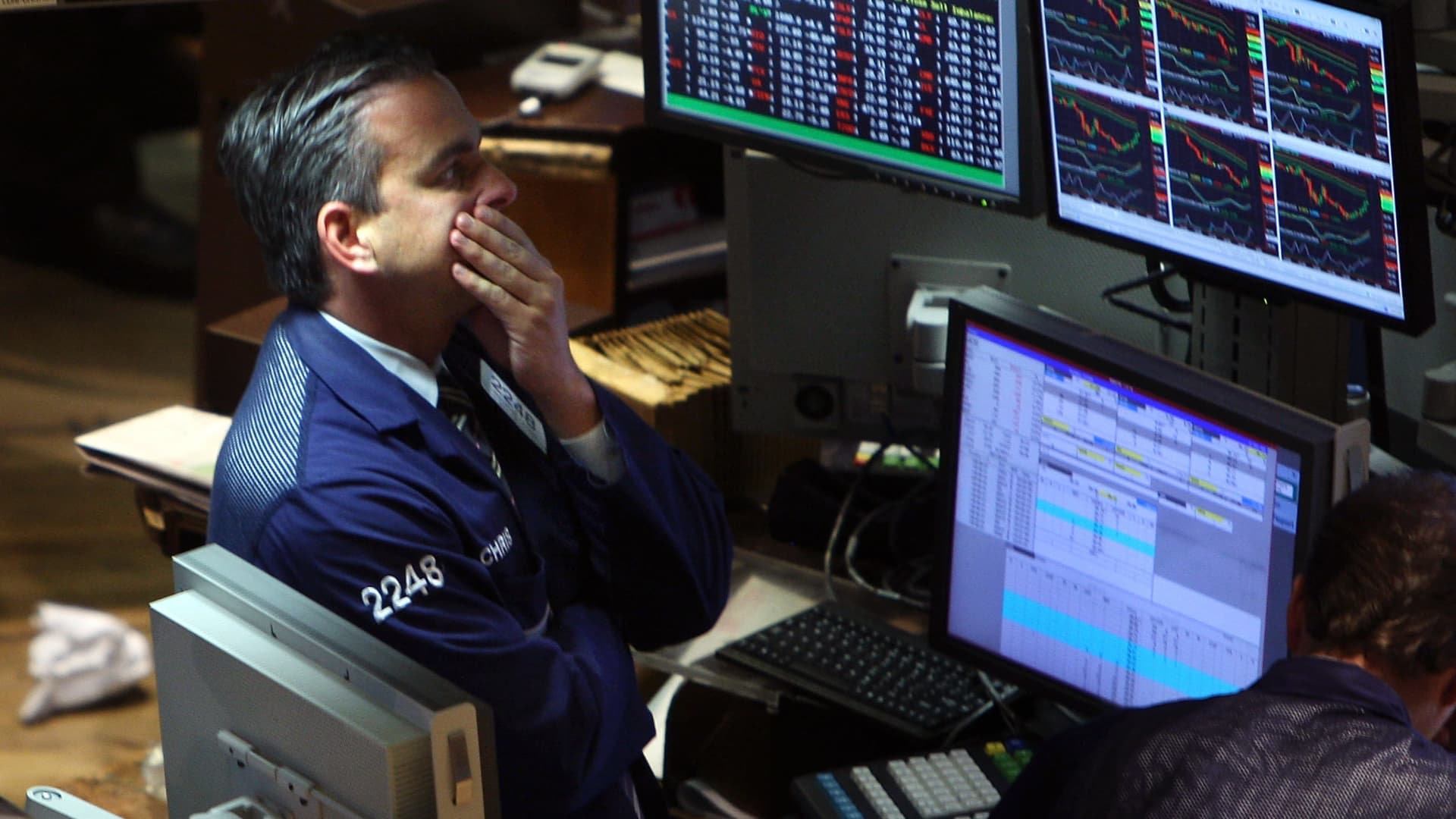Anxiety levels are climbing among market participants as several prominent “fear gauges” indicate mounting concern.
The Cboe Volatility Index (VIX), a barometer of expected market instability, has surged past 19, reaching its highest level since October 2023. This level often precedes a correction.
CNN’s Fear and Greed Index, which tracks market sentiment, has plunged into “fear” territory this week after residing in “greed” for the past year.
The index, which incorporates various factors such as put-and-call options and junk bond demand, signals investor nervousness when it falls below an average score of 50.
Goldman Sachs’ Panic Index, which gauges traders’ anxiety levels, has also climbed, reaching peaks last seen in early 2023 during a market sell-off.
These indicators collectively paint a picture of growing skepticism among investors, driven by mounting concerns about:
- Interest rates remaining elevated for longer
- Escalation of conflict in the Middle East
- Stretched market valuations
Alex McGrath, Chief Investment Officer at NorthEnd Private Wealth, has cautioned against dismissing these signals.
Persistent inflation has raised concerns that interest rates will remain higher for longer than anticipated. This has contributed to the recent market decline.
The S&P 500 is tracking a decline of over 3% in April, while the Nasdaq Composite has shed nearly 3%. The Dow Jones Industrial Average is poised to lose almost 5%.
The escalating tensions in the Middle East, particularly Iran’s attack on Israel, have also weighed on the stock market.
Rising oil prices, fueled by expectations of a widening conflict, have further pressured stocks.
Coastal Wealth’s Jason Heller believes the current market downturn should be viewed as a healthy correction. However, he cautions that a further escalation in the Middle East could significantly impact the outlook.
Heller notes that market fluctuations are inherent. Nonetheless, he emphasizes that external factors, like the Middle East crisis, could disrupt the trajectory.























